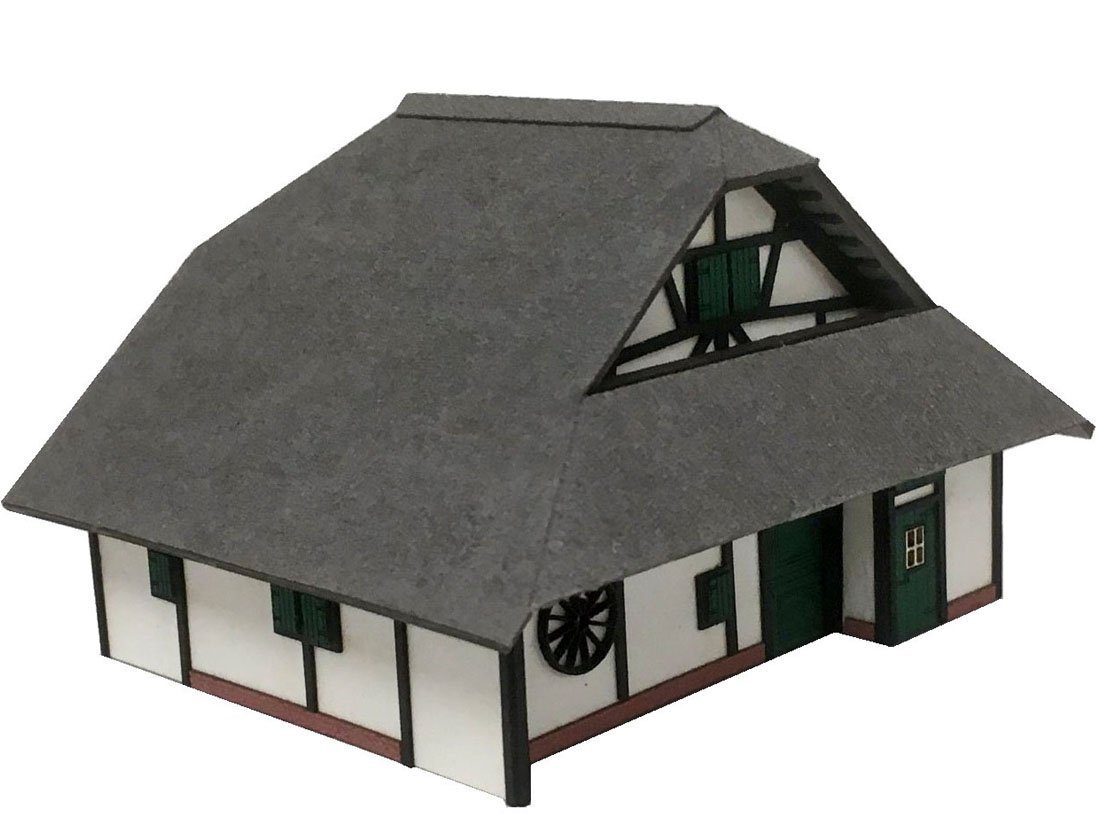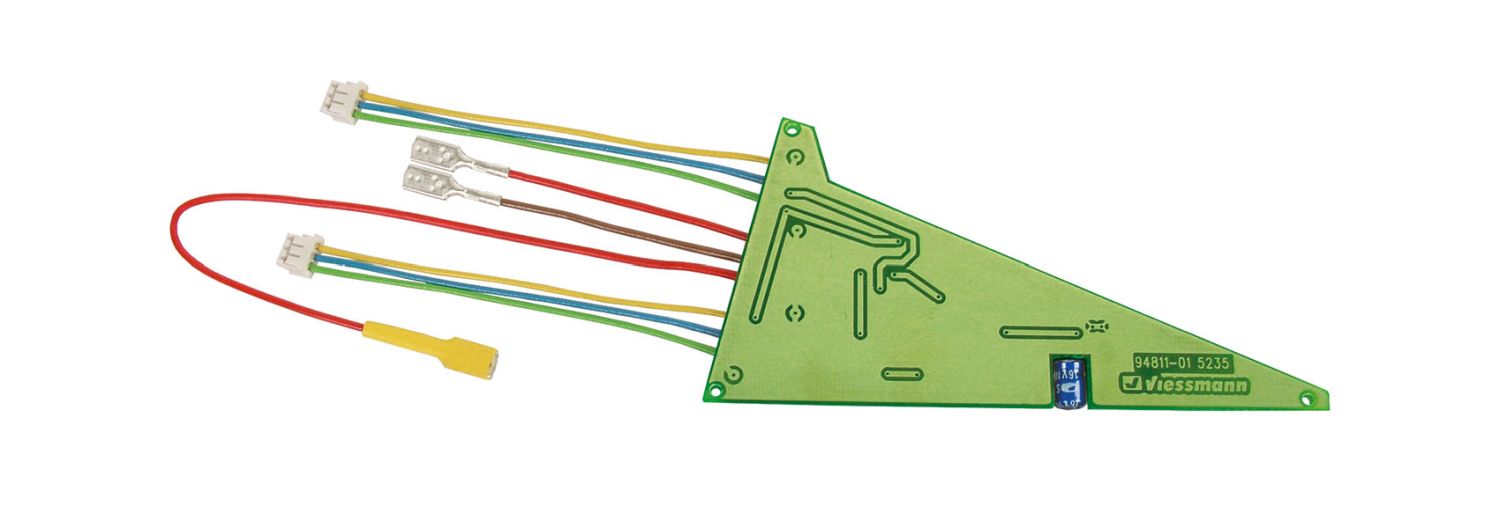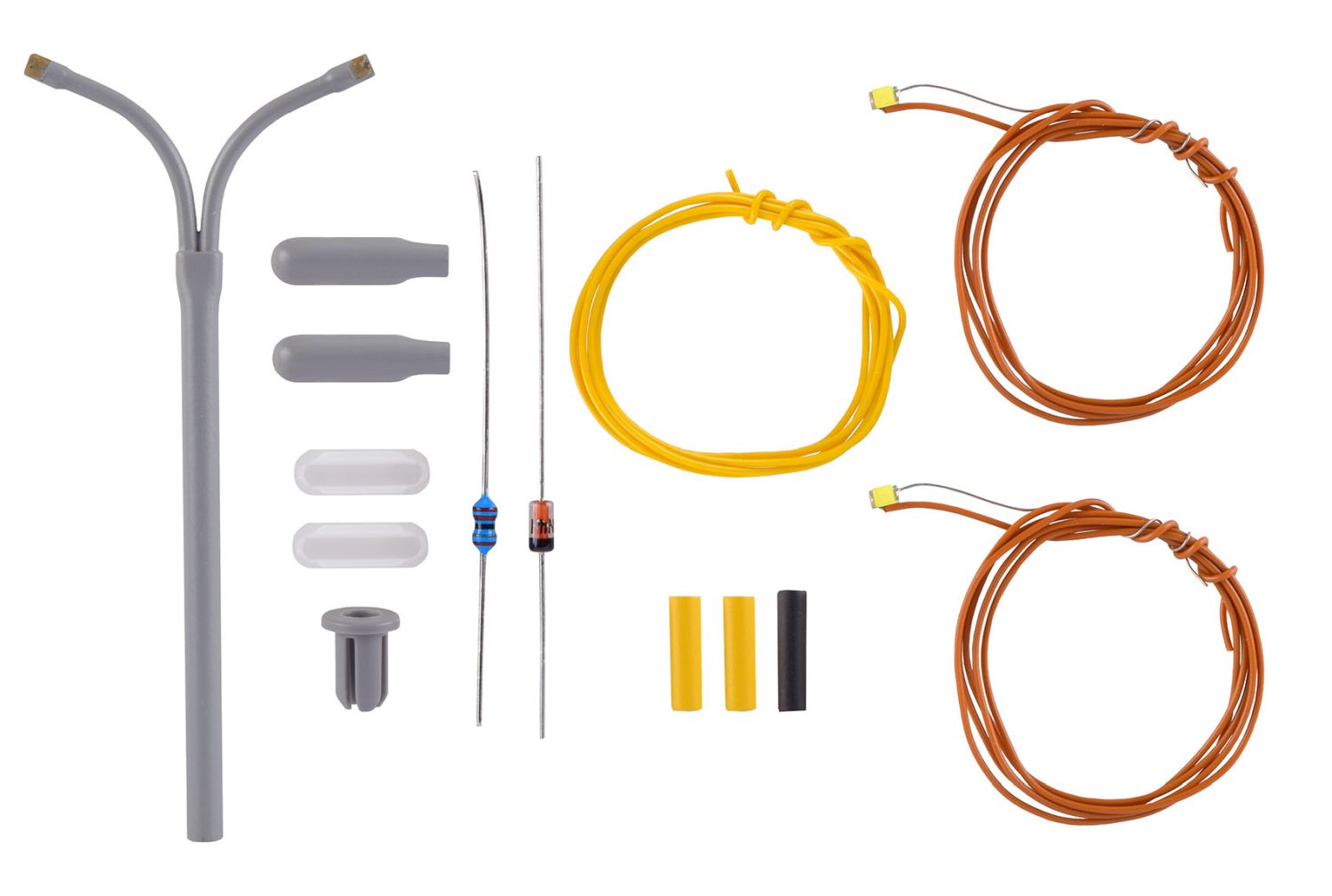| Brand | |
| Modellbahn Union | |
| Gauge | |
| HO gauge | |
| product type | |
| buildings | |
| technical & model details | |
| scale | 1:87 |
| material & finish | Lasercut Kit |
| Age notice | not suitable under 14 years |
Model: HO gauge. Lasercut kit made of colored architectural cardboard. Dimensions L x W x H: 117x 180 x 86 mm.Precise scale replication of the building in the Lower Rhine Open-Air Museum in Grefrath in the Viersen district. In cooperation with the Grefrath open-air museum, Modellbahn Union authentically replicates the museum buildings as models in 1:87 and 1: 160.This farm consists of a house with two floors and a big barn. Both were built in the 17th century and are from the so-called farm “Spenneshof” in Süchtel-Hagen. The ground area of the house is around 58m² and thus not very big. However, the people lived here together with the animals under one roof. Next to the house is a granary, which was used to store seeds. In the past this building was part of a farm called “Fückeshof” in Schmalbroich-Wall. Contrary to the other buildings the granary stems from the early 18th century. The owners did not only use it for storage, but temporally also as bakehouse and a living area for the elderly.
Usually, the barn was the biggest and most important agricultural building of the farms. It had several functions, but the storage of grains and hay was the most important one. It was also used as a stable, a storage for farming vehicles and wagons, or as a working place, for example for the threshing of grains. Even though, originally not part of this farm, the barn (built in 1724) which is situated in front of the “Spenneshof” fits well into its overall picture. Originally, the barn was part of a farm in the town St. Tönis and was used as a stable and storage.
Did you know that…
… these buildings are more than 350 years old? The house was used as living area for the whole family and the animals. On the ground floor the people cooked and worked, and next to this the stable was situated. The bedrooms were upstairs. In the house there was no nursery, where children could play on their own. There was always someone around: During the daytime at work, but also in the evening when it got dark. Hay and grains were stored in the two barns, where was much more space than in the house. Additionally, in case of fire in the house, at least the harvest was safe.






Reviews
There are no reviews yet.